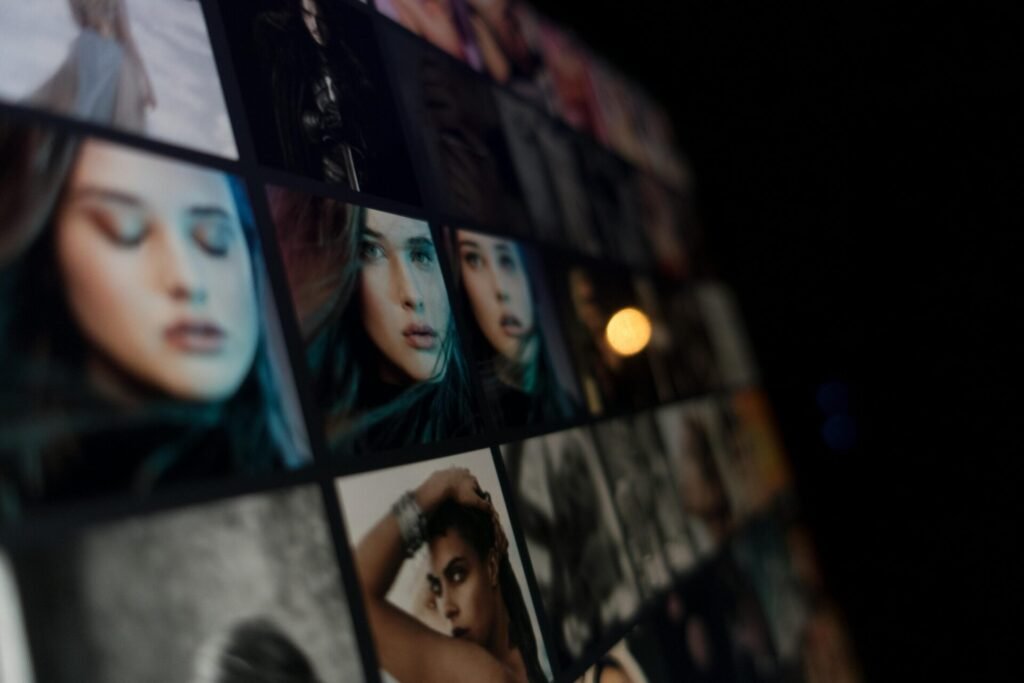Disclaimer: This article provides personal experiences and opinions regarding AI-powered face-swapping technology. Please consult a relevant expert or professional in the field for professional advice or recommendations.
It all started with a desperate deadline.
Picture this: Tuesday afternoon, 4:37 PM. My biggest client’s CMO just decided their campaign needed “more diverse faces” before Thursday’s presentation. There I was, staring at 27 approved images featuring the same two models, wondering if I should update my resume before or after getting fired.
That’s when Alex from design popped in. “Try Face Swapper by Icons8,” he suggested, sliding a Post-it with the URL across my desk. “Just bail me out next time the copywriters miss a deadline.”
Skeptical but desperate, I gave it a shot. By 7:15 PM, I had all 27 images revised, featuring a representative mix of faces that matched the target demographics. The client never knew the difference. That night might have saved my job, but more importantly, it changed how I approach visual content creation entirely.
After six months of extensive use, here’s what I’ve learned about this tool: warts, magic moments, and everything in between.
How It Works (From Someone Who’s Pushed Its Limits)
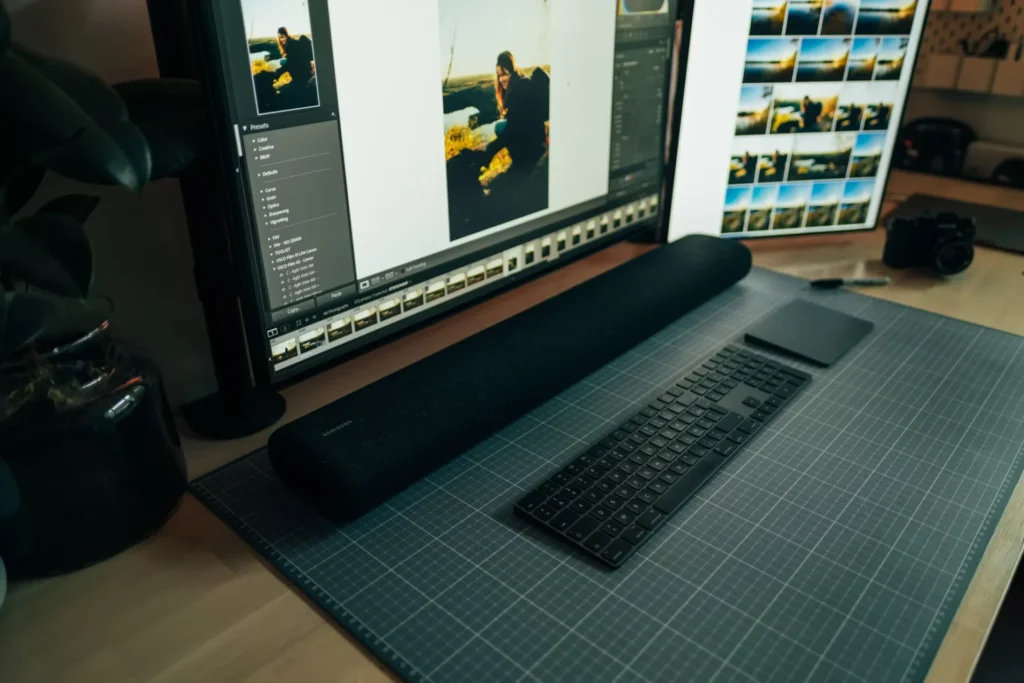
Face Swapper uses an AI face-swapping tool to analyze facial features and transfer them between images. That’s the simplified explanation, but after hundreds of uses, I can tell there’s more sophisticated tech working behind the scenes.
Unlike other face manipulation apps I’ve attempted to use (and quickly abandoned), this one considers lighting conditions and face angles and even handles accessories surprisingly well. Last month, I tested it to generate AI pictures of my dad wearing his thick-rimmed glasses and favorite fishing hat elements that typically confuse similar tools, and it still managed to map his face accurately.
The real game-changer? No more endless wrestling with Photoshop. Before discovering this AI face-swapping tool, I’d waste countless hours making face replacements, fighting with layer masks and adjustment layers, only to produce something that still looked slightly “off.” While Face Swapper isn’t perfect every time (more on that later), it saves me substantial time on routine edits.
Even my technically-challenged boss figured it out without calling IT perhaps the most impressive endorsement possible.
Technical Specs That Actually Matter

For those considering adding this to their toolkit, here are the practical details:
The system handles images up to 5 MB, which is sufficient for most digital work, though I occasionally need to compress higher-resolution photos first. It processes facial dimensions up to 1024×1024 pixels, maintaining enough detail for professional applications without becoming unwieldy.
During my informal testing phase (which basically consisted of me trying it on every photo I could find during a particularly slow week), I ran it through:
- Family reunion photos (perfect for testing group dynamics)
- Quarter and profile views (historically difficult for face-swapping tech)
- Various facial hair configurations (from my brother’s patchy beard attempts to my uncle’s magnificent mustache)
- Subjects wearing sunglasses, hats, and even minimal costume makeup
- Different file formats: JPG, PNG, and WEBP all worked equally well
The results varied naturally. Some photos transformed so perfectly that I couldn’t tell they’d been modified without comparing them to the original. Others, particularly extreme angles or harsh lighting conditions, required multiple attempts or minor touchups afterward.
The most consistent challenge? Hair boundaries. The transition sometimes looks slightly abrupt when swapping faces between people with dramatically different hairstyles or colors. It’s nothing a quick touch-up can’t fix, but it’s worth noting if you’re on a tight deadline.
Workflow Integration (From a Recovering Technophobe)
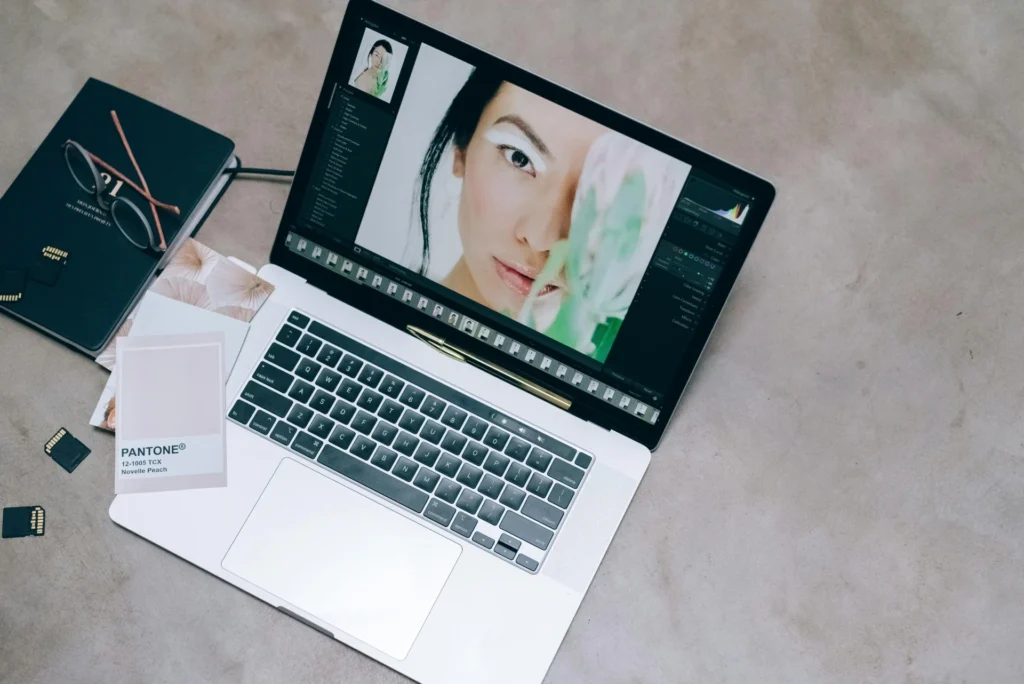
Despite considering myself only moderately tech-savvy (I still occasionally print emails), I found this AI face-swapping tool refreshingly straightforward. The process is simple: upload your original photo, select a replacement face, and wait briefly for processing.
Being web-based means no additional software cluttering my already struggling laptop. I’ve accessed it from my ancient home desktop, work computer, and even my iPad during a particularly stressful airport layover when a client needed urgent changes to a presentation.
The iOS app essentially mirrors the web experience on mobile. It’s convenient for quick edits while commuting, though I prefer the larger screen when working on anything client-facing. My Android-using colleagues keep asking when their version is coming there is no clear timeline yet.
Real-World Design Applications (That Actually Saved Us Money)
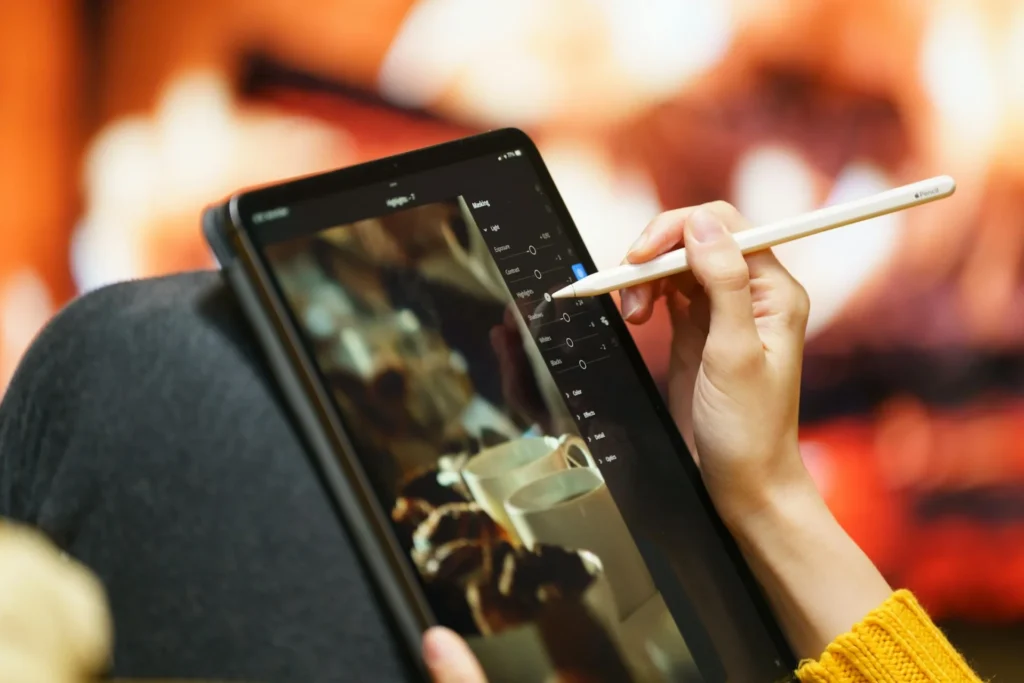
As a content manager working alongside our design team, I’ve witnessed several practical applications that demonstrated genuine value:
- While developing a healthcare campaign, we needed to show diverse patient demographics without arranging multiple photo shoots amid budget cuts. Face Swapper transformed existing assets to represent various ages and ethnicities, saving thousands in production costs when every dollar counted.
- Our designers swapped faces for a travel client targeting different international markets to better represent regional demographics. The client commented that the localized materials felt authentic rather than obviously modified, which is high praise for any edited imagery.
- After spending most of our quarterly budget on a premium stock photo package, we discovered many images featured the same three models. Face Swapper helped us create variations, doubling our investment’s utility.
- During an unexpectedly compressed product launch (the schedule collapsed from six weeks to two), we maintained visual consistency by standardizing faces across platforms, avoiding the disjointed look that previously plagued rushed campaigns.
What surprised me most was the print quality. Initially skeptical about using AI-modified images in high-resolution materials, we’ve since used Face Swapper creations in glossy trade show brochures with zero quality complaints.
Artist’s Perspective (From My More Talented Roommate)
My roommate works as a freelance illustrator (the actual artist between us), and after seeing me use Face Swapper, she incorporated it into her workflow. Her perspective was enlightening; she found it particularly useful for:
- Testing different character expressions before committing hours to a final drawing
- Quickly generating concept variations during development phases
- Creating customized reference images that match her specific vision
- Visualizing how characters might appear in different scenarios and emotional states
It’s like having an entire casting department in my laptop,” she told me while working on a graphic novel project. Though she still creates her finished illustrations traditionally, the tool has become an essential part of her planning process.
Content Creation Use Cases (That Actually Made Me Look Good)
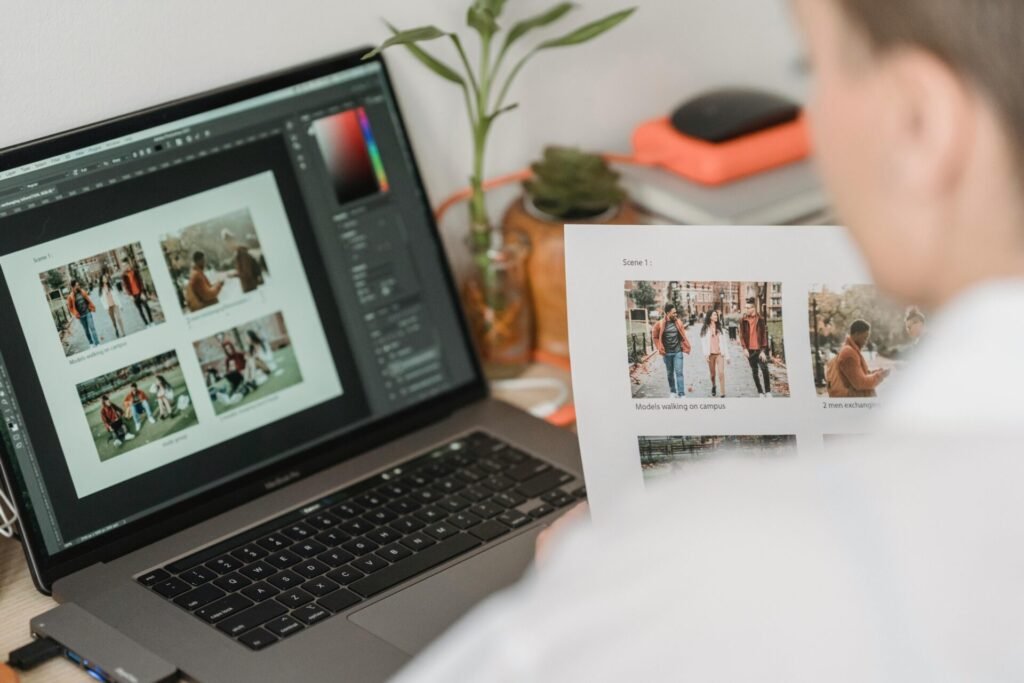
In my daily content production role, I’ve discovered several practical applications that have genuinely saved the day:
- Creating anonymized testimonial headshots for customers who preferred privacy without sacrificing authenticity
- A/B testing email campaigns with different demographic representations (which affected conversion rates by a surprising 17%)
- Generating region-specific social media content without separate photoshoots for each market
- Refreshing outdated campaign assets with new faces when there wasn’t a budget for new photography
The ability to AI faceswap quickly has transformed our content agility. Last quarter, we completely pivoted a campaign strategy based on early performance data, updating all visuals in a single day, which would have previously required weeks and several thousand dollars.
During a particularly chaotic product launch last month, we used an AI face-swapping tool to create consistent ‘customer’ imagery across all materials when our photography session got canceled due to a freak thunderstorm. The marketing VP didn’t even realize we’d used face-swapping until I mentioned it weeks later during a performance review.
Privacy Applications (That I Hadn’t Initially Considered)
Beyond creative uses, I’ve discovered several practical privacy applications:
- We now anonymize attendees in company event photos before social sharing
- Several colleagues use it for dating profiles to maintain professional separation
- Training materials featuring real employees get modified for public-facing documentation
- Client case studies preserve authentic stories while protecting individual identities
This approach creates natural-looking images without resorting to obvious pixelation or black bars that immediately signal “REDACTED!” to viewers. The results maintain visual quality while protecting privacy, a difficult balance that requires compromise.
Ethical Considerations: Responsible Use of AI Technology
While Face Swapper offers impressive efficiency and versatility, its use does come with significant ethical considerations that can’t be overlooked. As with many innovations in artificial intelligence, the ability to swap faces and alter identities raises legitimate concerns rooted in the broader ethics of AI, particularly around misrepresentation, consent, and the potential misuse of someone’s likeness.
Misrepresentation: One of the key risks of the AI face-swapping tool is the potential to create images that mislead audiences into thinking they represent reality when they do not. In the case of client-facing or public content, it’s critical to make sure that face-swapped images do not create a false or misleading impression of diversity, identity, or even product representation. For example, if a marketing campaign relies on AI face-swapped images to show diverse people in a product ad, it could be interpreted as disingenuous or even exploitative if those faces aren’t authentic to the brand’s real customer base.
Consent: Consent is another cornerstone in responsible AI face-swapping tool use. Using someone’s likeness without their permission, whether it’s a public figure or an anonymous individual, can lead to serious ethical and legal concerns. In the world of commercial content creation, it’s crucial to obtain explicit consent before altering or using someone’s face in marketing materials. Without this consent, there’s a risk of unauthorized use, which can harm both the individual and the brand.
Deepfakes and Privacy Risks: The broader issue of AI-generated content has raised alarms regarding privacy, defamation, and trust in visual media. While Face Swapper is a creative AI face-swapping tool, it shares some technical DNA with deepfake technology, which has been associated with malicious uses. Ethical frameworks for AI technology are essential to use these technologies responsibly, with clear ethical guidelines to avoid crossing lines that could damage reputations or violate privacy.
Developer Integration (From People Who Actually Understand Code)
While I struggle with basic HTML, our development team has integrated Face Swapper’s API into our content management system. Their unfiltered feedback:
- Batch processing works efficiently for product photos needing consistent models
- They’ve automated face selection based on demographic parameters for different markets
- Integration with other tools in their stack was relatively straightforward
- The secure asset handling meets their compliance requirements without excessive overhead
“For once, an API with documentation that doesn’t make me question my career choices,” was the surprising praise from our perpetually caffeinated lead developer. From him, that’s essentially a marriage proposal.
Educational Applications (From My Former Design Professor)
After I demonstrated it during an alumni event, my former design professor now incorporates the AI face-swapping tool into her curriculum. Her students use it to:
- Study facial composition without getting lost in technical complexities
- Learn about lighting integration in composite images
- Discuss ethical considerations in image manipulation
- Build confidence with digital tools before tackling more complex software
‘It lets beginners focus on concepts rather than getting discouraged by technical hurdles,’ she explained after using it for two semesters. ‘They’re more engaged because they can achieve professional-looking results early in their learning journey.
Honest Assessment: Strengths and Limitations
After hundreds of uses across various projects, here’s my unfiltered assessment:
Strengths:
- Maintains surprisingly good quality through the transformation process
- Processes images faster than expected, even at higher resolutions
- Handles challenging angles and partial obstructions better than competitors
- Creates natural-looking results suitable for professional use in most cases
Limitations:
- Heavily dependent on input image quality (garbage in, garbage out remains eternally true)
- Subscription costs add up for regular professional use
- Sometimes struggles with extreme lighting conditions or unusual skin tones
- Occasionally creates odd artifacts around hair boundaries or unusual facial features
- Raises ethical questions about representation that we’re still navigating
It performs best with clear, well-lit, front-facing photos, though I’ve had good results with three-quarter views too. The worst outcomes typically come from poor lighting, extreme angles, or very low-resolution source images, but that’s true of any editing tool.
Security Considerations (Because My Boss Made Me Add This Section)
Working with client materials means security is always a concern. Face Swapper offers:
- 30-day secure storage of processed images
- Options to clear editing history at any time
- GDPR-compliant data handling (important for our European clients)
I appreciate being able to access previously edited images without reprocessing, though I remain selective about what I upload. I have minimal concerns about standard commercial projects, but I exercise additional caution about sensitive materials or high-profile clients.
The Bottom Line: Six Months Later
After integrating the AI face-swapping tool Face Swapper into my workflow for half a year, I consider it an essential addition to my content creation toolkit despite its occasional limitations. It’s made sophisticated face transformations and the ability to generate AI pictures accessible to our entire team, while generally meeting our quality standards
Performance consistency varies, sometimes impressively realistic, other times requiring additional tweaks. However, the efficiency gains have been undeniable. We’re producing more diverse content faster, improving both our productivity and client satisfaction.
Would I recommend it? Absolutely, for creative professionals regularly handling portrait imagery. For occasional users, the free trial of the AI face-swapping tool is worth exploring before committing financially. Digital Media has become nearly as indispensable for content teams like ours as our traditional editing software, with significant praise from someone who initially approached AI face-swapping tools with healthy skepticism.
Is it perfect? No tool is. Has it fundamentally changed how we approach visual content creation? Without question. And ultimately, that transformation is what matters most in our perpetually deadline-driven industry.
I still have my Photoshop subscription, of course. But these days, it sits unused for hours at a time, something I couldn’t have imagined six months ago. And my neck thanks me for the reduced time hunched over the liquify tool, trying to make someone’s jawline ‘more approachable’ pixel by painful pixel.






